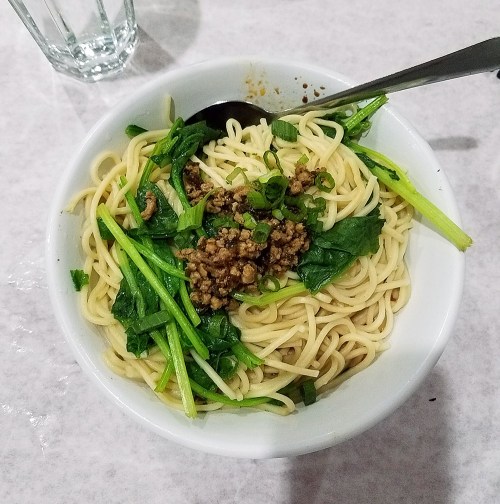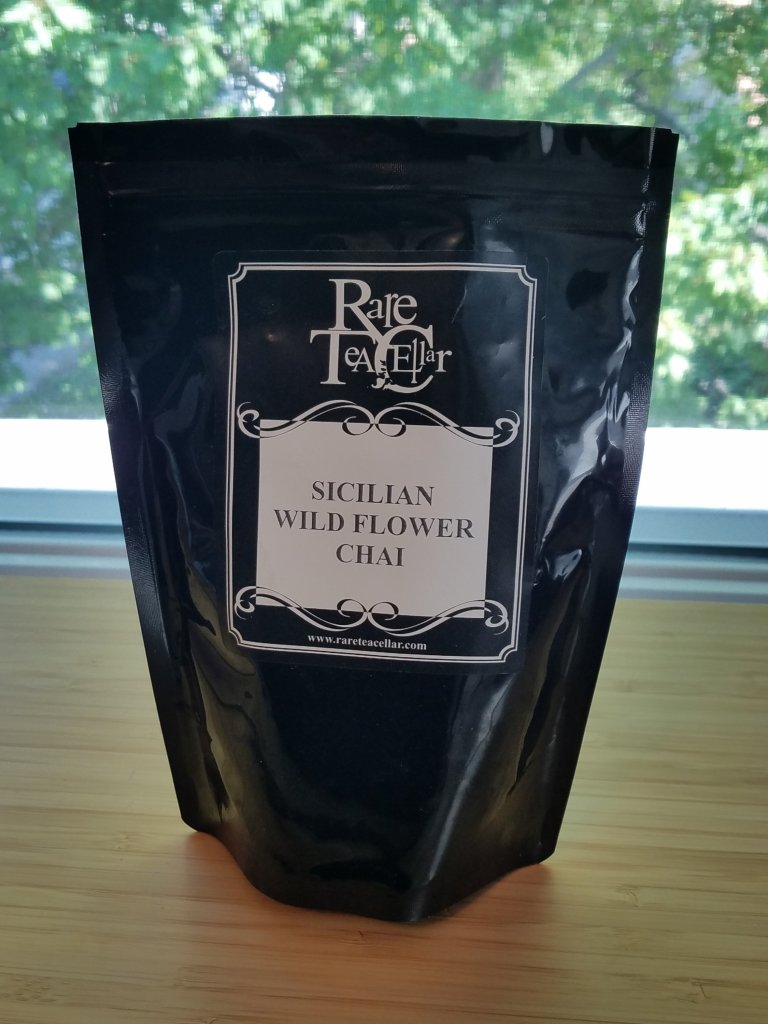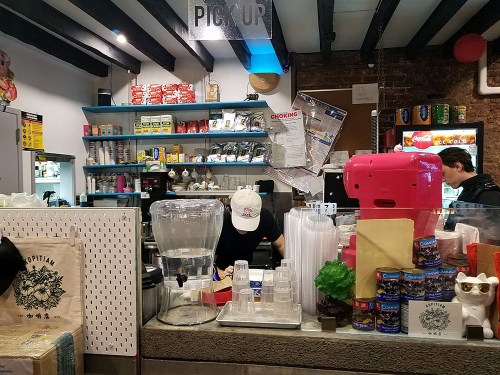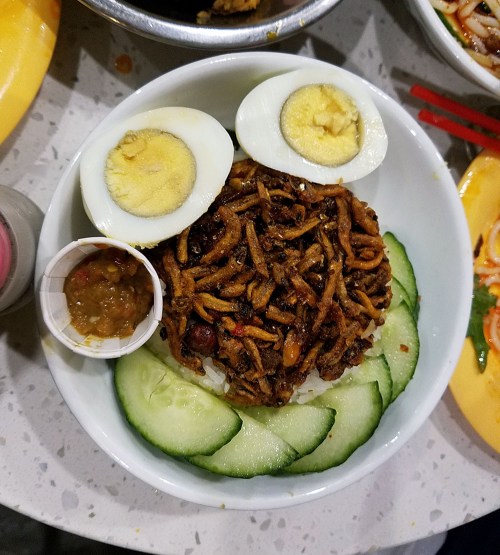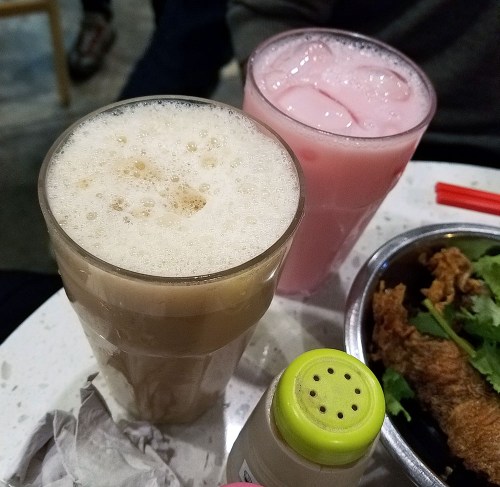Prior to visiting Pa Lian (254 E Geneva Rd, Wheaton, IL) we had only sampled Burmese cuisine a few times before, and there are no Burmese restaurants in Cleveland, so it had been a while. So when we heard there was a new Burmese restaurant opening up in the Chicago suburb of Wheaton, one of only 2 in Illinois, we were really intrigued! Burmese food is a delicious marriage of Southeast and East Asian flavors, with a touch of spices from the Indian subcontinent, a combination that can’t be beat. Pa Lian opened last year and has been introducing the suburbs to Burmese food, while serving a small, local Burmese community. Currently, Pa Lian is takeout-only and you can order online by Grubhub or by phone. The first time we visited Pa Lian was in May, and we ended up taking the food out to eat in a nearby park with a friend, and we were all impressed. Since then, we have been back a few times, and have never been disappointed. The menu at Pa Lian consists of Burmese favorites including a wide array of noodles, salads, and curries over rice, alongside Burmese-style tea and coffee. We are impressed by the variety of the Burmese dishes at Pa Lian, and while the menu isn’t huge, nearly every dish is new to us.
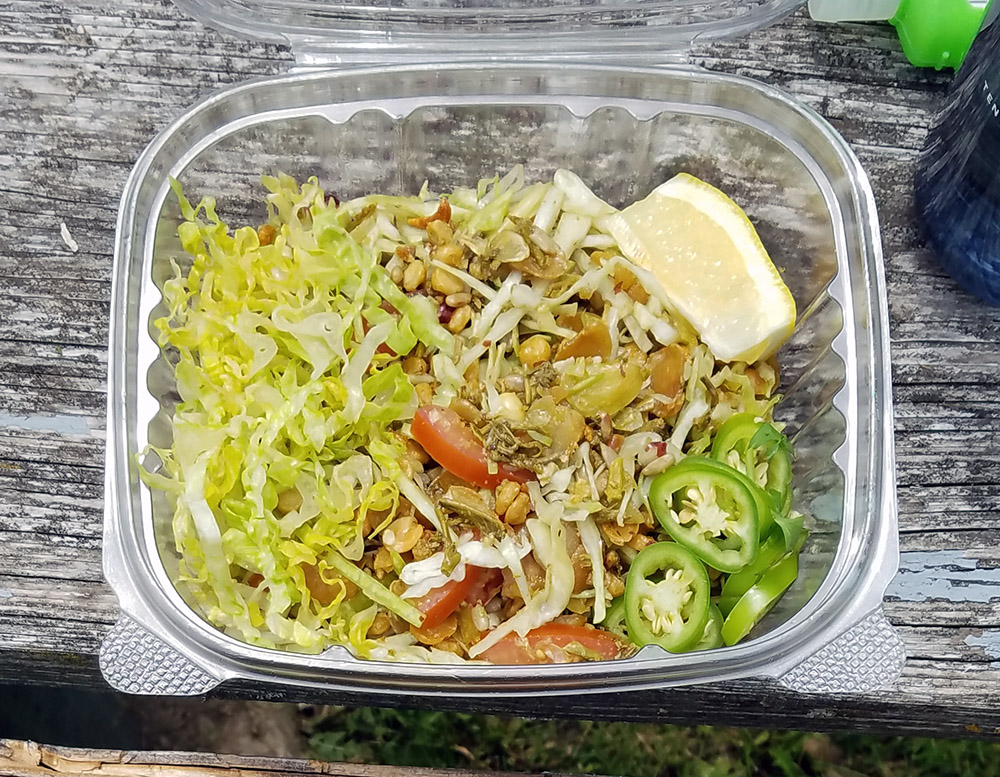
Our favorite dish from Pa Lian so far is Nangyi Dok ($12.50), a complex noodle dish (lower dish in the photo below), consisting of rice udon noodles, which are light and springy, topped with curry chicken, fried onion, carrots, cucumber and hard-boiled egg, and even the unusual topping of chickpea powder. Another standout noodle dish is Shan Noodles ($13.50) thin noodles topped with curried chicken, gai choy (a green leafy vegetable similar to bok choy), fermented black beans, peanuts and sesame (top dish in the photo below). In each of these noodle dishes, the combination of the springy noodles with the piquant curried chicken, vegetables, and fermented elements make for a surprisingly complex and delicious combination.

Perhaps the most famous Burmese dish is Tea Leaf Salad ($13.50, pictured in top photo), also known as lahpet, and we love Pa Lian’s rendition. This is a dish that is unlike anything else you can get in other countries, and involves fermented tea leaves topped with fava and yellow beans, peanuts, sesame seeds, tomatoes, cabbage and lime. This salad is tangy and refreshing, and the fermented flavors make for an extremely interesting flavor profile. The tea leaf salad is completely vegan, and vegans and gluten-free diners will find many options at Pa Lian. The papaya salad ($15.99) with the unique addition of Thai eggplants, is another favorite salad, bright and tangy. Along with tea leaf salad, another Burmese national dish at Pa Lian is Moh-Hin-Gar ($12.50) a spicy soup with thin rice vermicelli in catfish broth, topped with boiled egg, lime, cilantro, and crispy lentils. This warming dish is perfect for a chilly day, but we even enjoyed it in the 80-degree heat.

We are intrigued by Pa Lian’s comprehensive Burmese menu and are looking forward to trying some of the other dishes including Pe-Eih-Kyar-Kwe ($5.99) Burmese fried bread with vatana (cooked yellow peas) and the goat and split pea ginger curry ($17.99) Pa Lian’s dishes are a combination of salty, sweet, sour, tangy and spicy, and we are absolutely hooked. Be sure to visit Pa Lian when you are in Chicago’s western suburbs, you won’t regret it! Plus, if you are in the market for Burmese groceries you can also visit Papa Win (1730 E Roosevelt Rd, Wheaton, IL), a small Burmese grocery store nearby.

























